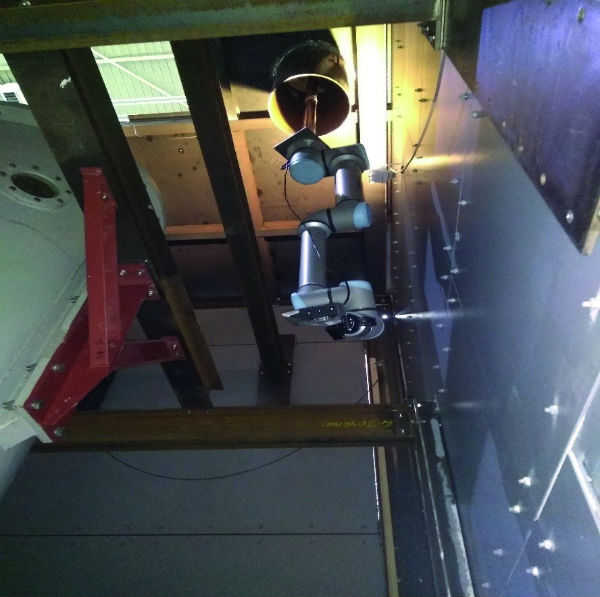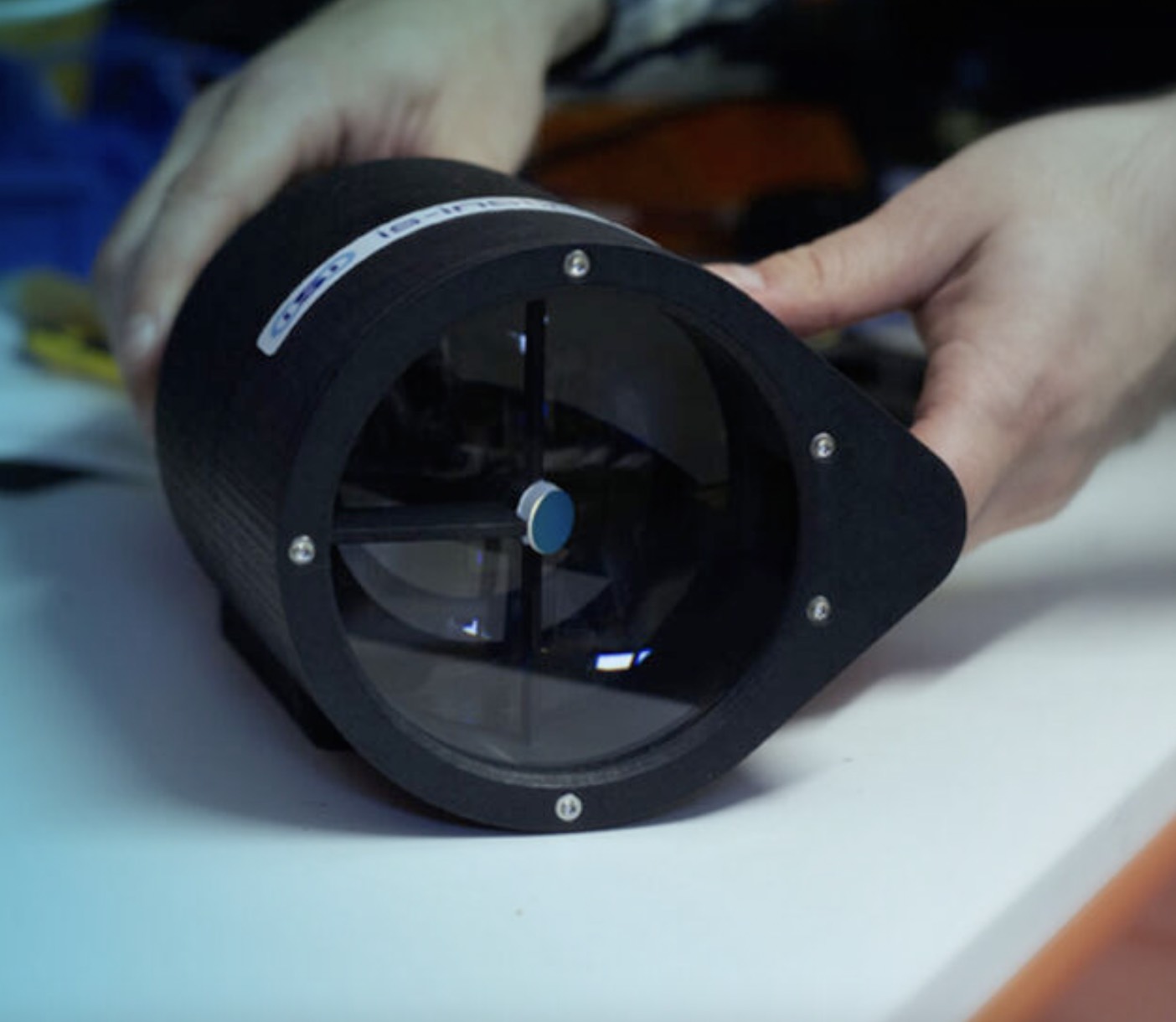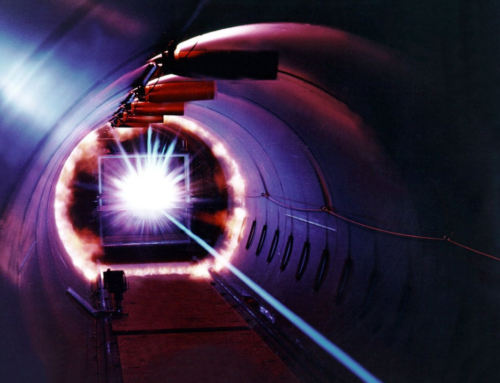The nuclear sector has a very real need for the capability of identifying potentially hazardous substances accurately and from distance to limit exposure and hazard to human operators. IS-Instruments has been working in the nuclear decommissioning sector since 2018 when it partnered with i3D robotics to developed Callisto, a system combining advancing stereo camera technology to provide a 3D map of the scene and Raman spectroscopy to identify the chemical compensation of target substances within that scene.
ISI has also been in collaboration with Jacobs to develop a spectrometer capable of making Raman measurements within a radioactive environment.
Raman is a proven spectroscopic technique for identifying radioactive substances and is capable of detecting alpha emitters including low-energy gamma emitters and even when large quantities of other high-energy gamma emitters are present. However, the instruments cannot usually operate effectively in a radiative environment and therefore, cannot be placed in proximity to the target substance. This has so far, limited its use in the nuclear sector.
That may all change now with the development of a new class of spatial heterodyne Raman spectrometer system developed in a collaboration between Jacobs and ISI.
The Raman probe can be mounted on a range of platforms, such as a robotic arm or a remotely operated vehicle (ROV) deployed into the area, and stationed at a distance of up to three meters from the target sample. Power and communication are fed through an umbilical cord and used to manoeuvre the platform whilst a shielded fibre is used to feed the Raman signal back to the spectrometer located outside of the field of radioactivity. This keeps the majority of sensitive, expensive and complex sensing equipment outside of the danger zone, reducing cost and waste. The probe itself was designed from the outset with deployment into radiative environments in mind, and therefore its profile has been constructed with this in mind and from materials that are relatively easy to decontaminate.
IS-Instruments provides expert knowledge in the field of LIDAR and initially, this technology was used to position the probe at the required distance from the sample. However, owing to repeatability issues, this was later replaced with a stereo vision system provided by i3D robotics, industry leaders in stereo vision technology.
This project is the result of what was initially an Innovate UK funded Game Changers’ competition supported by FIS360. The system was further developed and incorporated into a wider decommissioning platform during Jacobs’ participation in the UK Integrated Innovation for Nuclear Decommissioning (IIND) competition, which was supported by Innovate UK, the Nuclear Decommissioning Authority and Sellafield Ltd.
This stage of the project has now moved from Technology Readiness Level 3 (TRL3) through to TRL8 and has been tested in a representative environment. An expert panel of assessors determined the Raman technology to be of ‘high maturity’, and clearly demonstrated the requirement for high-quality in-cell characterisation in decommissioning planning and operations. The full system is due to be deployed in the decommissioning an active separation cell on the Sellafield site and the Raman technology will be one of the first to be deployed.
Read more from these two articles in the Nuclear Engineering International online magazine: Jacobs deploys Raman spectroscopy to identify radioactive contamination and Raman spectroscopy – nuclearized.







